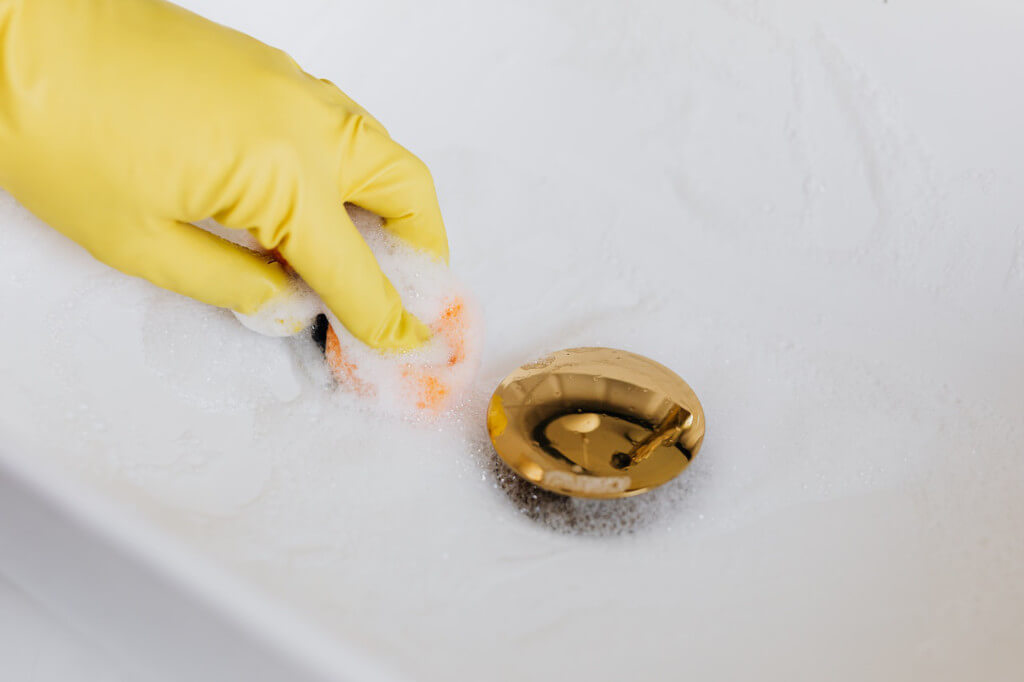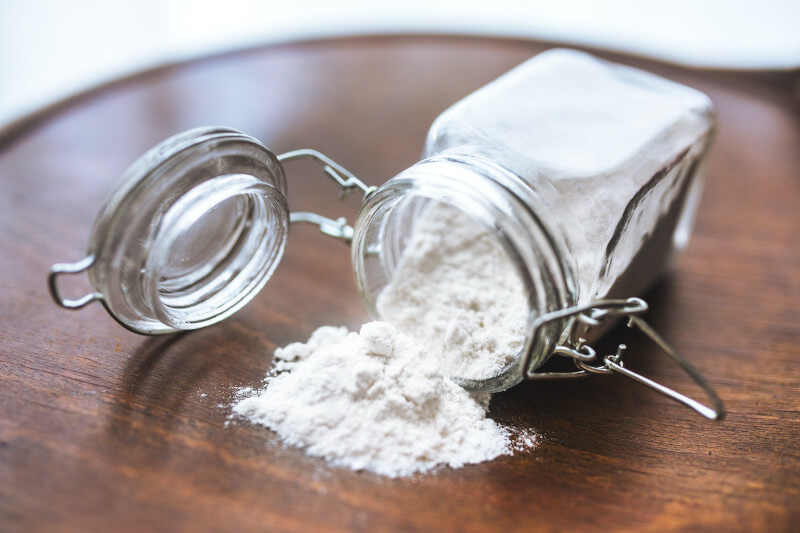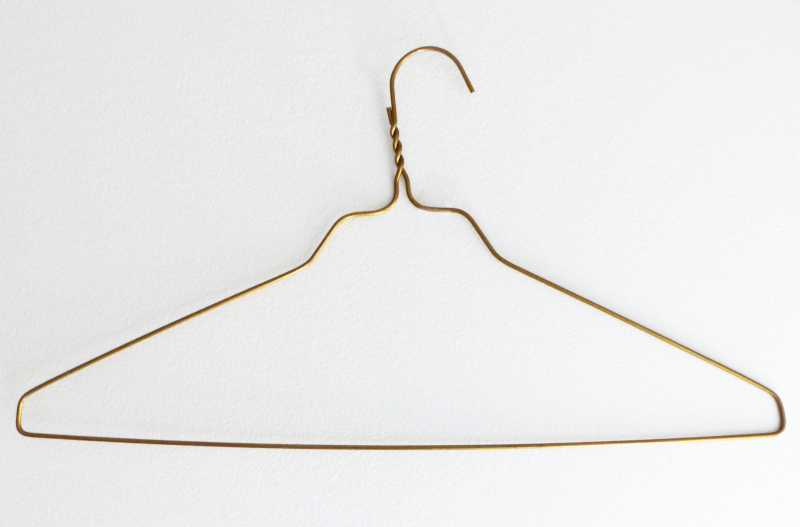The 5 Most Effective Methods to Unblock a Drain Without Using Harsh Chemicals

You need to unclog something, but you don’t want to get any chemicals involved, do you? Here are the steps:
There is a lot of merchandise on the market that is designed to cut through the grossest debris that is preventing drains from working properly. However, the majority of these products contain noxious chemicals that are not only hazardous to your health but also the pipes in your home. Why then would you choose to go a certain route when there are alternatives that are both safer and just as effective? The following is a list of some of the most effective methods to unblock your drainage system without using any kind of chemical.
Dishwashing Soap
Grease tends to solidify in pipes and can easily jam up a sink drain, which can lead to an entire variety of other issues. Dish soap is an excellent weapon to use against a grease clog because it is something that you almost certainly already have within reach of your sink. How to do it:
- Put some water into a tea kettle and bring it up to a boil.
- Take care to ensure that there is no water left standing in either the sink or the drain.
- Dish soap should be poured down the drain in a fairly large amount.
- Allow the soap to slowly drip down the drain for a couple of minutes so that it can reach the grease buildup.
- When you want to rinse the drain, use the boiled water from the kettle and pour it down the drain.
It is possible that more than one cycle will be necessary to completely dissolve a grease blockage. If the blockage continues to occur, you are most probably dealing with an issue that is not caused by grease.
Using a Plunger
Basins in bathrooms are renowned for becoming clogged with soap grime and hair. The great news is that you can utilize a plunger to unblock both the toilet and the bathroom basin. Plungers are versatile tools that can be used for a variety of tasks. Simply put, you shouldn’t use the same plunger that you use on your toilet, or at the very least, you should sanitize the plunger before using it.
- To use a plunger effectively, the following steps need to be taken:
- Take out the plug or remove the lid on the drain.
- Allow the sink to fill up to a depth of approximately one inch with water before turning off the faucet.
- Put the plunger on top of the drain so that it completely covers the opening and forms a watertight seal.
- Using as much force as possible, move the plunger upward and downward for up to a minute.
- Observe how the water is removed from the area. If it continues to be trapped in the sink, give the plunger another pump.
Bicarbonate Of soda and Hot Water

Baking soda is an excellent natural cleaner that can cut through dirt and grime like it was nothing. Baking soda, a small amount of vinegar, and some water that has been brought to a boil can be combined to create an effective unclogging compound that does not contain any chemicals. This is what you should do:
- Put some water into a tea kettle and bring it up to a boil.
- The clog in the drain can be loosened and the pipes can be warmed by pouring boiling water down the pipe.
- Refill the teapot, then bring another portion of water to a boil.
- The drain should be treated with one cup of baking soda and a mix consisting of one cup of water and one cup of vinegar.
- Keep the plug in place for ten minutes.
- To clear the drain, pour boiling water down it.
It is expected that the interaction between the baking soda and the vinegar will loosen the blockage sufficiently so that the boiling water will be able to flush it out of the pipe.
A Wire Hanger is effective for unblocking your drains

A wire hanger from your cupboard can also be used in place of a plunger to clear clogged drains. How to do it:
- Straighten the coat hanger into a long single wire using a pair of pliers, making sure to leave the hook attached to one end of the wire.
- While maintaining a firm grasp on the opposite end of the cable, lower the hook end of the cable into the drain and rotate it as you go.
- As soon as you feel some resistance, swivel the hanger around and twist it a few more times in the opposite direction.
- After carefully extracting the hanger from the drain, wipe it clean with a dirty cloth to remove any debris that may have accumulated.
- Repeat the process until the obstruction has been cleared completely.
Take care in your work while employing this method. An excessive amount of force will push the clog further into the pipe, which will make the problem even worse.
Drain Snake
If a coat hanger isn’t getting the job done, you may have to invest in a drain snake instead. These are made for the specific purpose of clearing clogged drains. If you are able to make effective use of them, they typically deliver satisfactory results. How to do it:
- The first step in using a drain snake is to feed its end into the drain.
- To use the drain snake, turn the handle located at its end. The end of the snake will be forced further down into the pipe as a result of this.
- Continue to feed the snake into the pipe until you encounter some sort of resistance.
- Continue turning the crank once you notice that the snake has broken through the blockage. While doing so, twist the snake.
- After you have broken through the blockage, turn the drain snake so that it is pointing in the opposite direction to remove it from the drain.
- To remove the obstruction, pour some boiling water down the drain and let it sit there for a few minutes.
If any of these DIY methods do not unclog your drains we recommend that your hire an expert plumber in Cape Town to assess the problem.



